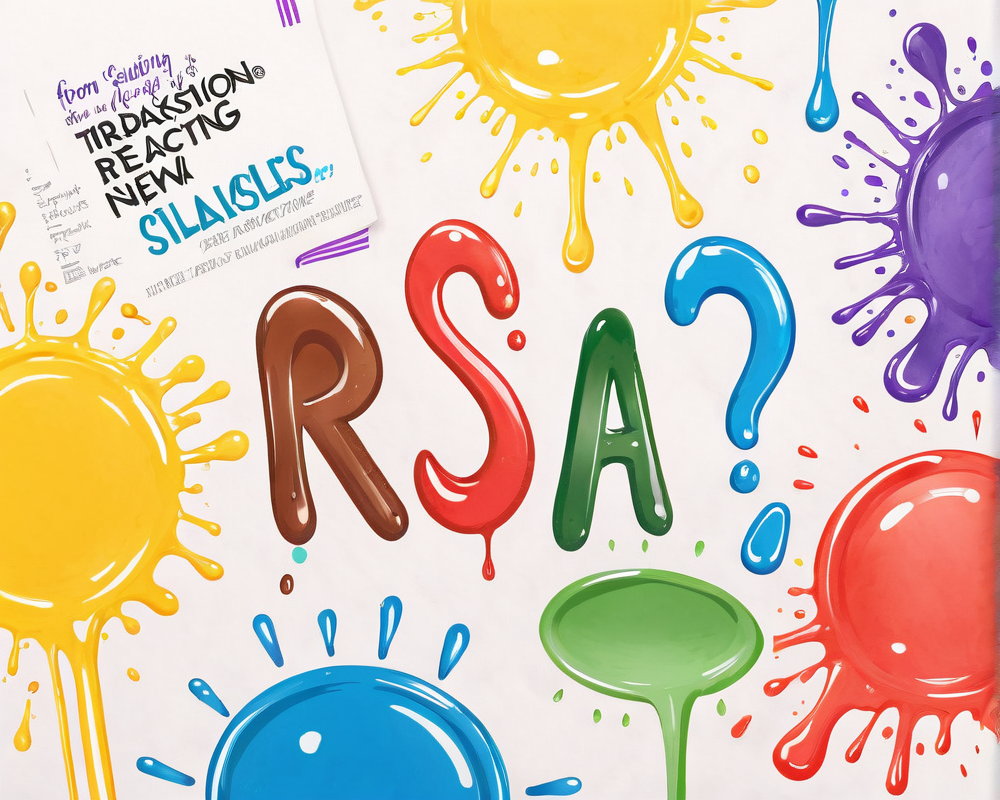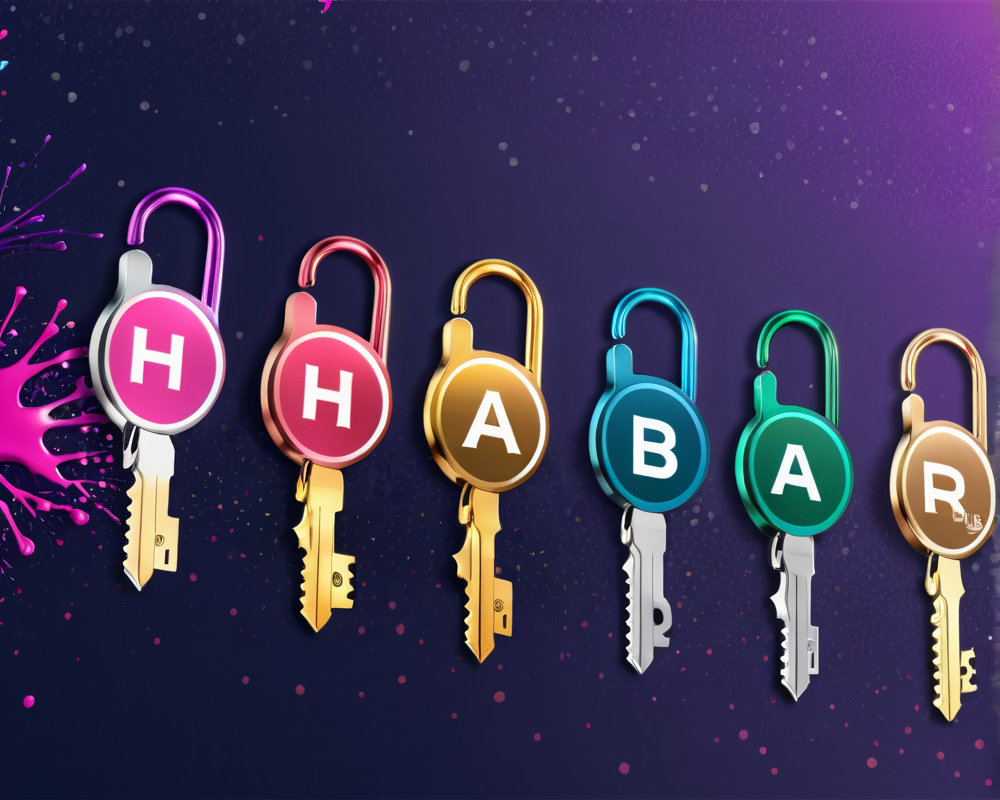The Anatomy of A Reaction
Reactions are often the first wave of human response, like the initial splash when you toss a stone into a pond. They can be spontaneous, emotional, or even reflexive. Think of it as the brain’s way of saying, ‘Whoa, did that just happen?’
Types of Reactions: The Spectrum of Emotion
Whether you find yourself gasping in horror or bursting into laughter, reactions can be categorized:
- Emotional: Feelings like joy, sadness, or anger.
- Physical: Actions like clapping, shouting, or maybe doing a little dance.
- Cognitive: Thinking things through, often followed by a quizzical look.
The Power of Positive Reactions
In our day-to-day lives, positive reactions can fuel joy and encourage connection. A contagious laugh in a crowded room or a warm smile from a stranger can brighten your day! Let’s not forget the magic of feedback, where a simple “Hey, great job!” can inspire leaps and bounds of productivity.
When Reactions Go Wrong
However, not all reactions are helpful; they can sometimes escalate into dramatic displays worthy of a soap opera. For example, miscommunication can lead to overreactions on both sides—a classic recipe for misunderstandings.
Crafting Thoughtful Responses
Transforming a reaction into a more thought-out response takes patience and mindfulness. Here are a few cheat codes:
- Pause: Take a beat to breathe before you react.
- Consider: Think about the impact of your words.
- Engage: Choose a constructive way to express your thoughts.




